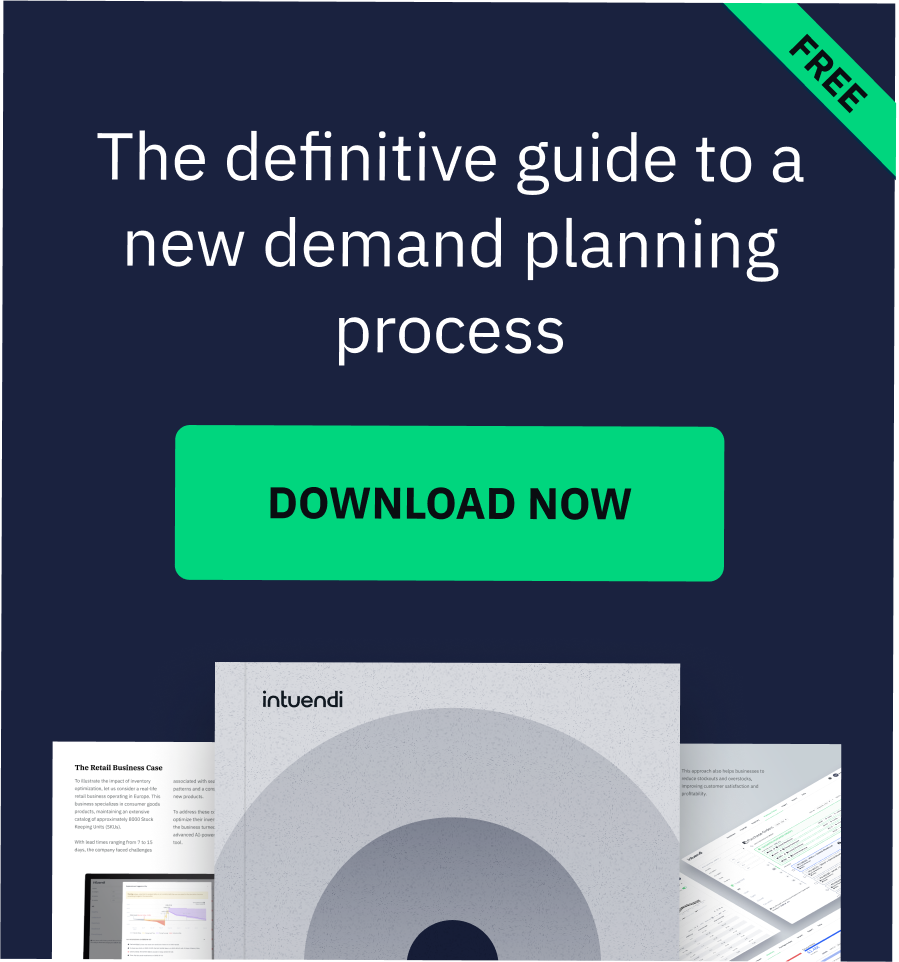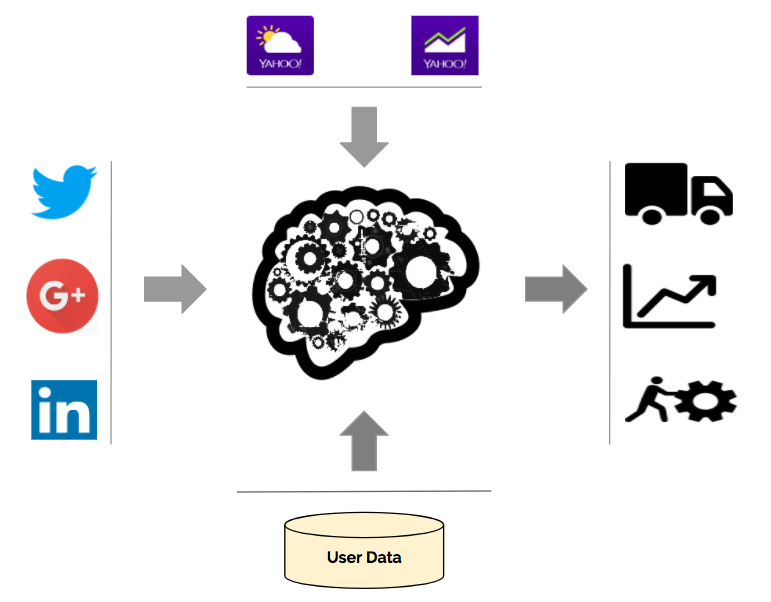As it is well described in a recent post, the new inventory management era forces businesses to consider advanced analytics solutions, since companies have to fill the gap between something that works but it is unoptimized and something that works better because everything is optimized. And this means competitiveness.
So, let’s introduce some fundamental steps to be made for a better inventory management.
Step 1: Demand Forecasting
First of all, clouds have to be dispelled from your sight. Your ideas about future demand of your products should be as clear as possible. Demand forecasting is the starting point for most of the inventory management
tasks whichever is the industry, manufacturing or e-commerce.
Exploiting past sales data is a key component for the development of better decisions.
Learn more on demand forecasting solutions.
Step 2: Find out when it’s time to replenish
This is a really challenging step. Its optimization is of crucial importance. Let’s say you have forecasts of good quality at hand.
These forecasts tell you that your inventory levels will decrease in the next days or week. Ok, but when is it time to reorder?
When is the right time to do it? Demand has to be satisfied, otherwise you will incur in lost sales and even lost customers and, from the other hand, you don’t want to have unnecessary high levels of stock. There is a right time to replenish based on forecasts, lead time
and your service level you want to ensure. When your stock level reaches the so-called reorder point it’s time to put an order.
Learn more on
reorder point in inventory management.
Step 3: Compute the right quantity
Once you’ve decided when it’s time to reorder, the right quantity has to be defined. Several ways are possible and often it strongly depends on minimum order quantities or company predefined replenishment policies. Find out which is the one that fits best your needs in this post concerning the replenishment order quantity.
Step 4: Maximize margins
Limited budget when it’s time to reorder? Ok, maybe it’s not possible to reorder all products in that moment. Maybe some products will go out of stock…
But your products are not all the same. Someone deserves a greater attention while making your decisions, maybe a product which will maximize margins compared to another one that requires replenishment. So, it’s better to replenish promising products and leave unaltered the others.
Concluding, these four steps are a good starting point for a suitable inventory management. All these components have to be boosted up properly in order to achieve better results with high quality and automation.






